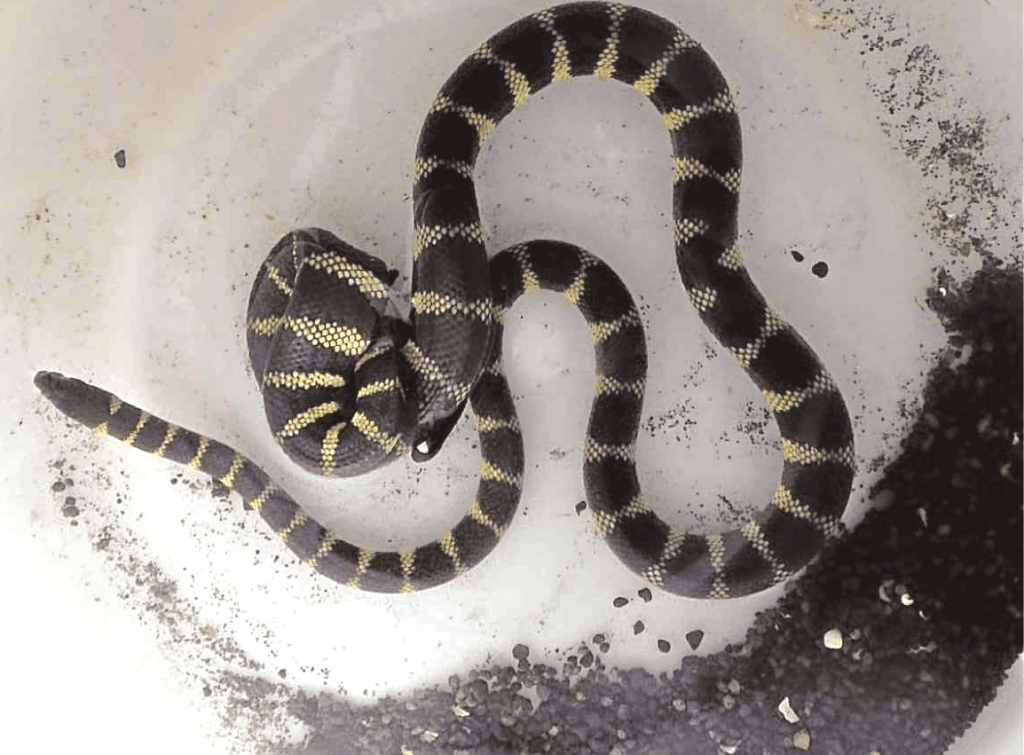Here’s one for the books: Apparently, Crocodiles and Sharks used to be a part of the wildlife in Taal Lake!
When you think of Taal Lake, the idyllic vision is of it being a vacation spot where one can do a bit of swimming, enjoy the friendly provincial air, and, of course, visit the lake within an island within a lake – that is to say, the lake in the center of the active crater of Taal Volcano.
But it’s not just the wonderful scenery and geology that make Taal Lake such a marvel. Would you believe that Crocodiles and Sharks used to swim in the waters of Lake Taal?
According to historical records kept online by the Batangas History website, Taal Lake used to be a bay, which was connected to Balayan Bay by an inlet. However, thanks to the 1754 eruption of Taal Volcano, debris fell and almost closed off the connection, making Taal Lake what it is today, with the Pansipit River as the remaining connection.
Historical papers that address the existence of Sharks before the eruption “described the lake to have salty or brackish water where [Sharks, Tunas, Snakes] and other organisms abound and where the active Taal Volcano Island is found,” as taken from the works of Rey Donne S. Papa and Augustus C. Mamaril, Sr.
The truth is a bit more complicated when it comes to Crocodiles, as it seems that some of the papers describing them, particularly those of Thomas Hargrove and Isagani Medina, Sunken Ruins in Lake Taal: An Investigation of a Legend, has the following: “In 1754 ‘the lake waters threw up dead [Alligators and Fishes], including Sharks.’ Umali refers to Sharks in Lake Taal. Dr. D. Rabor confirms that Sharks once swam Lake Taal waters, but says that they were exterminated by overfishing in the 1930s.”
The alligators, however, seemed to have been mislabeled Crocodiles, according to the Batangas HC&F website.
It seems, then, that the existence of Crocodiles and Sharks in Taal has a factual basis. But what kind of Crocodiles and Sharks were they?
VULCAN POINT, THE ISLAND IN TAAL VOLCANO
Are you ready for a bit of a mental tongue- twister? Vulcan Point is “the Island in a Lake on an Island in a Lake on an Island,” according to the Amusing Planet website. To put it another way, it is the island inside the lake that is in the active Taal Volcano’s crater, which is, in turn, inside Taal Lake, which is one of the lakes of Luzon.
In light of recent events, it’s a big question if the lake in the active crater – and Vulcan Point – are still there as before, but for a time, Vulcan Point was a must-see for visitors of Taal Lake. Recent photos provided by NASA from one of their Landsat Satellites showed major changes in both the crater lake and Taal Lake itself.
BULL SHARKS

In Yves Bouquet’s work, The Philippine Archipelago, the Taal Lake Sharks have been observed to be Bull Sharks, who can survive in both saltwater and freshwater, allowing them to then be able to travel back and forth from Taal Lake through the Pansipit River.
Alas, as versatile as the bull Sharks were – they had survived the 1911 eruption of Taal volcano – they still were overfished to death by the 1930s.
CROCODILES

Again, it is an observation that Alligators do not live in the Philippines, so it is quite possible that given how Taal used to have a mix of saltwater and freshwater, particularly through the Pansipit River, that it was either the Saltwater Crocodile, endemic to the Asian region, or the smaller Philippine Crocodile, also known as the Mindoro Crocodile, who lived in Taal Lake.
THE CLEAR AND PRESENT DANGER
The disappearance of Crocodiles and Sharks from Taal Lake in the past seems to be part of a never-ending story: that of natural resources – in this case, indigenous species – being hunted to extinction or at least removed from the territory.
It’s bad enough that in the past hundreds of years, the environment of Taal Lake itself changed from saltwater to freshwater, but overfishing and the introduction of invasive external species have devastated the ecological balance within the lake itself.
The real lesson then of the Crocodiles and Sharks of Taal Lake is that we have to now be even more careful with conserving and protecting our environment and remaining habitats, or else we risk having even more species disappearing from their natural environments here in our country.
OTHER UNUSUAL ANIMALS OF TAAL LAKE
Taal Lake still has some rather unique inhabitants who need our help so they can survive:
MALIPUTO
The Maliputo fish, according to Batangas-centered website Batangas Philippines, is actually a Talakitok, a marine Fish who rears their young in brackish (slightly salty) water.

When fully grown, the Maliputo can be as heavy as three kilos and is silvery to black in appearance with a blunt head. They are seen as a delicacy, which does not help the fact that their numbers are dwindling.
The growing population of Tilapia Fishes in cages around and along the Pansipit River are also blocking the travel of Maliputo/ Talakitok in Pansipit River.
TAWILIS
These Fishes are, quite simply, freshwater Sardines. They are found exclusively in Taal Lake and are the only known Freshwater Sardines in the world.

Again, environmental changes, overfishing, and introduction of foreign Fish species into Taal’s waters are definitely not helping the endangered status of the unique Tawilis.
THE LAKE TAAL SNAKE
Known also as the Garman’s Sea Snake, this particular aquatic Snake is one of two species in the world who lives in freshwater rather than a marine habitat.
This venomous Snake lives all their life in Taal Lake.

This rare Snake can be found only in Taal Lake. (Vhon Oliver Garcia)






